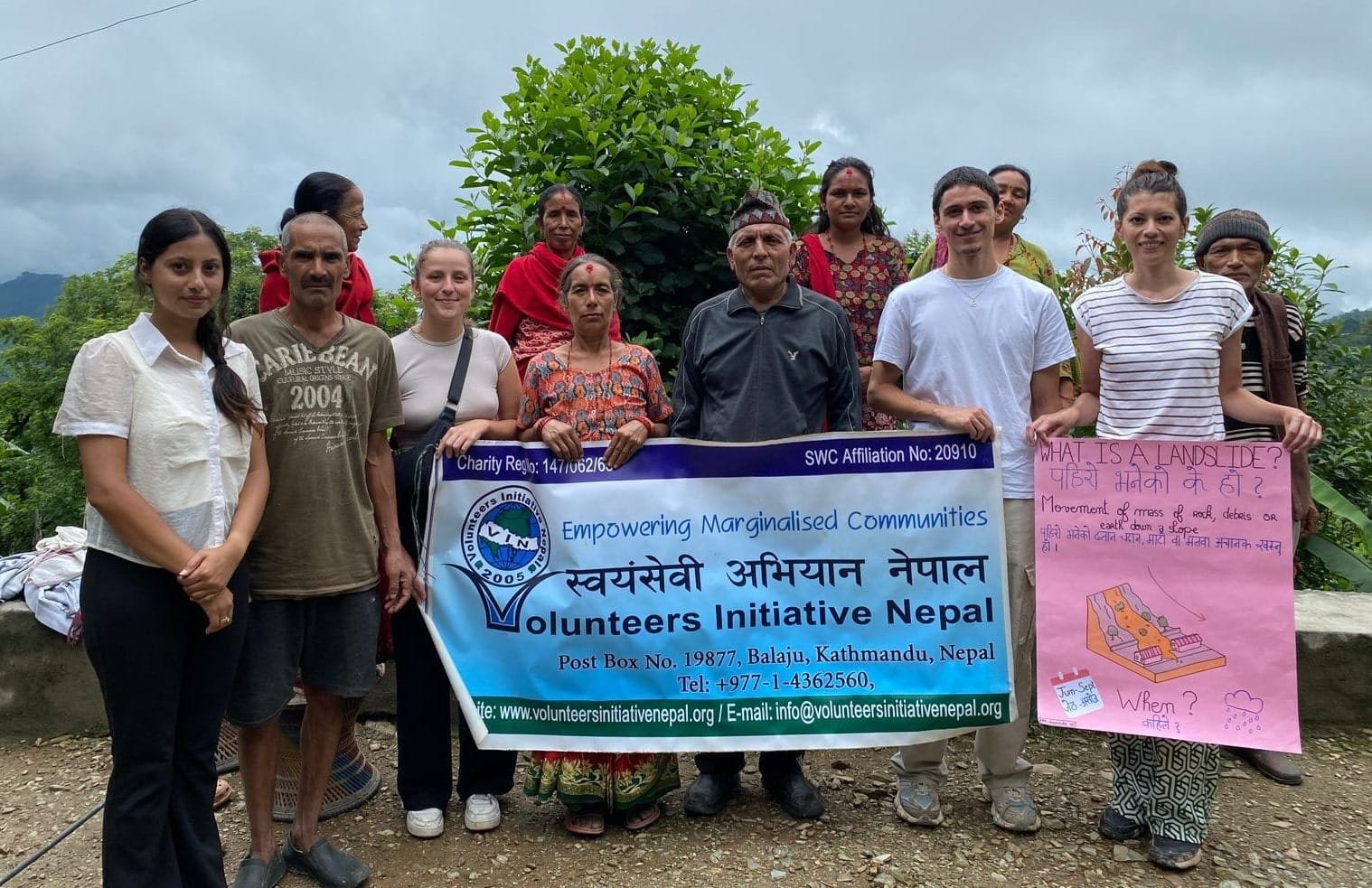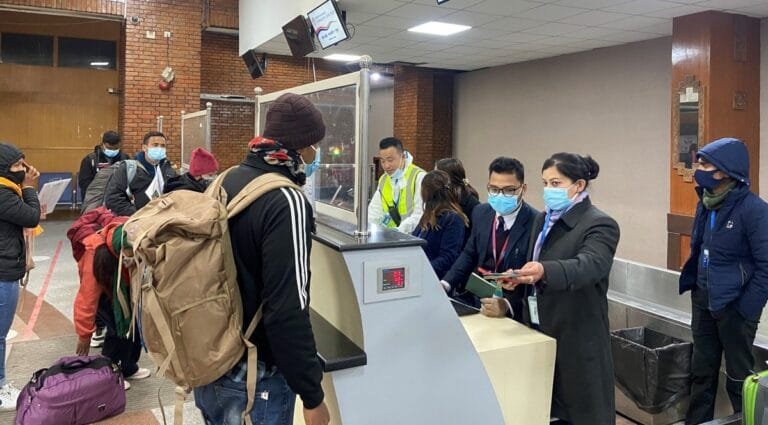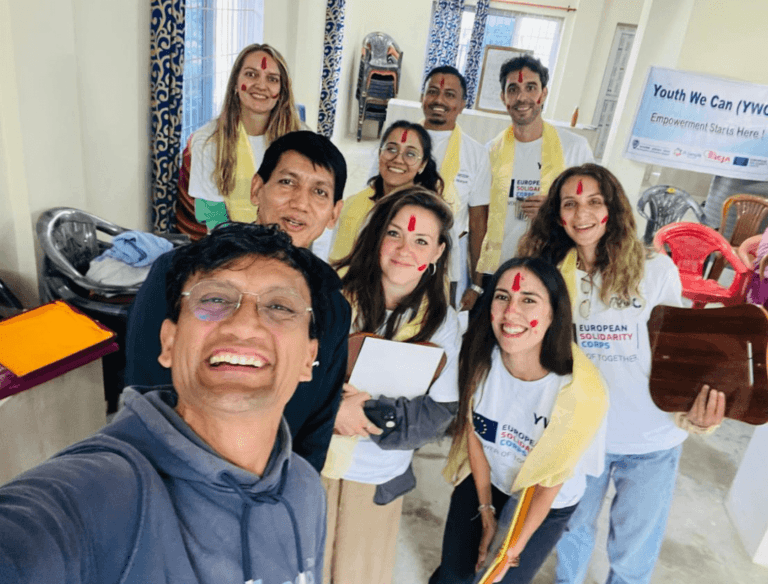Table of Contents
Okhaldhunga Overview
Okhaldhunga district is located 250 kilometres east of Kathmandu. Geographically, it lies at a latitude of 27°.6 to 27.32’ and a longitude of 86.10 to 86.32. The district is situated in the Everest region, south of the Solukhumbu district, and is one of the 14 districts of Province Number 1 in eastern Nepal. The district headquarters, Okhaldhunga, is located in Siddhicharan Municipality, one of the eight local units in the region.
Rich in history and culture, Okhaldhunga holds a significant place in Nepal’s heritage. It is believed that the district derives its name from a rock that resembles a traditional Nepali mortar(Okhal). The district has played a role in shaping Nepal’s history, being home to many historical sites and legends.
The natural beauty of Okhaldhunga is truly mesmerising. The district is also a gateway to some of Nepal’s famous trekking trails, offering breathetaking views of Himalayan peaks. With its rich biodiversity,warm local hospitality, and cultural richness, Okhaldhunga remains a hidden gem more to be explored.
Disaster Risk Reduction in Okhaldhunga

Due to its hilly terrain and heavy monsoon rains, Okhaldhunga is highly vulnerable to natural disasters, particularly landslides. The steep slopes and loose soil increase the likelihood of landslides, which pose a severe threat to human settlements, agricultural land, and infrastructure.
My Experience in the DRR Landslide Prevention Awareness Program
For one month, I volunteered with an organization conducting a Disaster Risk Reduction (DRR) program focused on landslide prevention in Okhaldhunga. The project covered different communities, including Thulachap, Taluwa, Bhorle, Bhadaure and Nalsu. I worked alongside international volunteers to spread awareness and educate local communities about landslides and their prevention.
Understanding the Risks: Community Engagement and Education
Our primary goal was to educate the community about landslide triggers and how they could take simple yet effective preventive measures. We explained how factors like deforestation, improper land use and unmanaged water drainage contribute to landslides. Through interactive sessions, we demonstrated techniques such as planting deep-rooted vegetation to stabilize slopes, constructing retaining walls and ensuring proper drainage systems to reduce water accumulation on vulnerable land.
One of our most engaging activities was “What’s in My Emergency Bag? “Here, participants guessed essential survival items needed in case of a disaster. This game helped them understand the importance of emergency preparedness in a fun and interactive way. By the end of the session, many villagers acknowledged the need to keep a disaster kit ready with essentials such as food, water, a flashlight and first-aid supplies.
At the beginning of the program, many villagers were hesitant to participate in our sessions, uncertain about what they would gain from them. However, through interactive discussions and engaging activities, we managed to gradually build trust. One of the most effective exercises was the “Emergency Bag” activity, where participants guessed essential survival items needed in case of a disaster. This hands-on approach not only made learning enjoyable but also reinforced the importance of disaster preparedness.
Many villagers shared their personal stories about experiencing landslides firsthand. Some had seen entire houses swept away, while others recounted the loss of valuable agricultural land. These real-life accounts underscored the critical need for preventive measures. While some community members had already implemented basic strategies, such as planting deep-rooted vegetation to stabilize slopes, others were unaware of simple yet effective techniques like building retaining walls and proper drainage systems to redirect water flow.
We also did our awareness sessions at Schools; the response was even more positive. Students were eager to learn, actively participated in discussions, and asked insightful questions. Teachers supported our initiative. They recognized that children are key agents of change who can influence their families and communities.
The participation of Female Community Health Volunteers (FCHVs) and Community psychosocial workers played a crucial role in bridging the gap between us and the villagers. Their involvement made the sessions more relatable and impactful, as they could communicate complex ideas in a way that resonated with the local population.
One of the most rewarding aspects of this journey was witnessing the shift in mindset among the villagers. At the beginning of our program, disaster preparedness was often seen as a distant concern. By the end, many understood that taking proactive steps today could prevent catastrophic losses in the future.
Through these awareness efforts, we not only shared knowledge but also built relationships and fostered a culture of resilience. Disaster risk reduction is not just about responding to emergencies but about ensuring that every individual is equipped with the knowledge to protect themselves and their community from potential disasters.
What I Learned from This Experience

Working on this program allowed me to gain a deeper understanding of the importance of community engagement in disaster risk reduction. I learned that simply providing information is not enough; it is crucial to make learning interactive, relatable and applicable to people’s daily lives. Hands-on activities like the emergency bag game and open discussions about real-life experiences helped bridge the gap between theoretical knowledge and practical application.
I also realized the power of local influencers such as teachers, community health volunteers and village elders in spreading awareness. Their involvement ensured that our message reached a larger audience and had a lasting impact.
Lastly, this journey reinforced my belief that disaster risk reduction is not just about large-scale interventions but also empowering individuals with the knowledge and tools to take action. Every small step, whether it is planting vegetation, creating drainage systems or preparing an emergency kit, contributes to building a safe and more resilient community.
Reference:
- ‘Okhaldhunga District’. Wikipedia, 21 Oct. 2024. Wikipedia, https://en.wikipedia.org/w/index.php?title=Okhaldhunga_District&oldid=1252419377.
- https://www.volunteersinitiativenepal.org/wp-content/uploads/2023/07/DRRResearchReport_Bhadaure2023.pdf
Written by: Kanchan Pokhrel (ESC Public Health)



